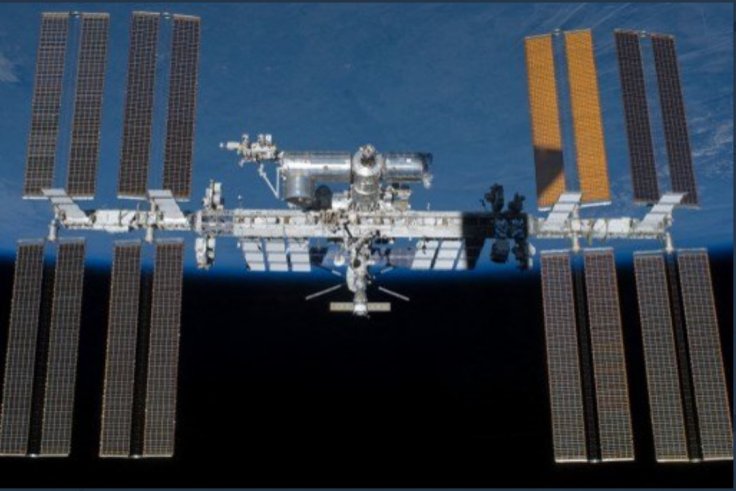The ongoing space ties between India and the United States are expected to get a further push as NASA is planning to train an Indian astronaut for a voyage to the International Space Station.
The revelation was made by NASA Administrator Bill Nelson on Wednesday while speaking at an event in the Indian city of Bengaluru.

Nelson revealed that the training of the Indian astronaut will begin as early as next year.
"There is an opportunity to share science," said Nelson during the event.
Affirming the progress made by countries like India, Nelson added that this is a "golden era for space exploration."
Nelson, during his time in Bengaluru, will also inspect the NISAR satellite which will be launched early next year.
With roughly the size of an SUV, NASA-ISRO SAR, also known as NISAR is a low-Earth orbit observatory system jointly developed by NASA and the Indian Space Research Organisation.
According to a Reuters report, NISAR will map the entire planet once every 12 days, providing data for understanding changes in ecosystems, ice mass, vegetation biomass, sea level rise, groundwater and natural hazards including earthquakes, tsunamis, volcanoes and landslides.
India has been making significant strides in the space sector over the past few years.
Earlier in August, India successfully soft-landed on the dark side of the moon, at a time when Russia failed to land its Luna-25 module on the lunar surface.
India is also aiming to increase its share of the global satellite launch market fivefold within the next decade. To materialize this, ISRO agreed to join NASA's Artemis Accords in June this year.
In September, India also launched its inaugural solar mission, Aditya-L1. The principal objectives of this mission encompass comprehending the processes related to coronal heating, solar wind acceleration, coronal mass ejection initiation, near-Earth space weather, and solar wind distribution.








